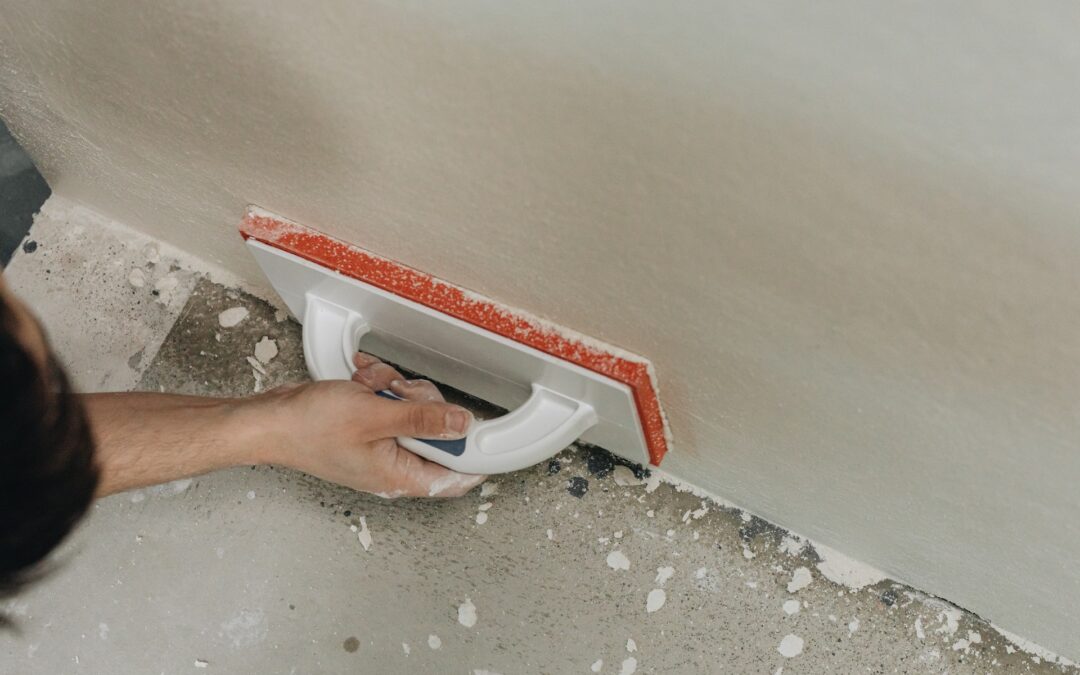Drywall is a common building material that is used in the construction of many homes and buildings. It is a durable and relatively low-cost option, popular among builders and homeowners. However, even though drywall is long-lasting, it is still subject to wear and tear over time.
This article will discuss some apparent signs indicating you need a drywall replacement.
Water Damage
Not all water damage necessitates the replacement of drywall panels. Depending on the damage’s extent and the affected area’s size, the drywall may be dried out and repainted. The panel’s discoloration may suggest a leak or source of moisture that needs to be addressed, but it is not cause for concern in and of itself.
The drywall can be preserved if the leak is discovered early enough. Visible bulging, crumbling, and, in severe situations, collapsing of the drywall indicate significant damage.
If you have an unfinished wall, look for sagging sections from water seeping through the seams between boards. Additionally, look for mold or mildew growth, often present if the water has been present long enough to cause the drywall to retain moisture.
Discoloration
Various factors, including water damage, insect and pest invasions, and improper storage, can cause discoloration. In the case of water damage, the discoloration can range from light brown to dark green or black spots in the drywall.
This indicates a moisture build-up behind the surface, which can damage the internal structure of the wall. Insects and pests can also cause discoloration as they burrow into the wall, leaving droppings and other debris behind.
Holes
The individual can repair most flaws. A small cavity caused by slamming a doorknob into the wall or a mouse hole should not be a cause for concern. You can fix those without considering the condition of the wall.
Nonetheless, larger gaps present a more significant obstacle. They are capable of weakening the wall itself. Large voids make the wall’s structure susceptible to external forces.
If your drywall has flaws larger than five inches in diameter, you should consider replacing it. Additionally, it is advisable to repair the drywall if there are numerous minor flaws in a small area.
Cracks
Cracks are an indicator of an incorrectly positioned seam. Again, patching them over does not cure the underlying structural problem. This cracking is typical when a seam is put over a window or door’s corner.
This generates a weak area subject to frame expansion and even the opening and closing of the door or window. To resolve this issue, the problematic drywall pieces must be replaced so that the force from the frame is correctly distributed – a task frequently best left to the specialists.
Splinters
Splintering is uncommon in drywall since it is made of plaster and paper. However, splintering around edges and seams on plywood panels can signify substantial damage taking hold. This damage might result from settling, water damage, or decay.
It can also simply represent aging materials. When this type of deterioration occurs, older and alternative drywall should be replaced with something more durable. A mold-resistant drywall would be required for basement walls.
Conclusion
Keeping an eye out for the signs that indicate a drywall replacement is necessary can save homeowners and business owners time and money in the long run. If you need clarification on whether your drywall needs to be replaced, it’s always best to consult a professional who can assess the situation and provide the best solution.
Looking for reliable and skilled drywall installers in Colorado Springs? Look no further than Patch Doctors Drywall! Our team of professionals is dedicated to providing top-quality drywall and remodeling services to the El Paso County area. Contact us today!

